Recently, a group of governors, faith-based leaders, and other experts were assembled to find ways of helping the nation’s inmate population turn their lives around, get a second chance, and successfully re-enter society. The idea behind the move is to make our communities safer and to provide opportunities for those men and women as they return to life outside of prison walls.
Since approximately two-thirds of the more than 650,000 ex-offenders released from prison every year are rearrested within three years after their release, the committee’s task will not be easy.
It’s often been said that the jails and prisons in the U.S. operate on a revolving door system, with many of the same prisoners returning to incarceration time after time after time. Sadly, that’s a mostly true statement.
With nearly 2.5 million people crammed into U.S. prison and jail facilities, or on probation or parole—3,789,800 on probation and 870,500 on parole (2015 stats), well, that equals to approximately 1 out of every 37 people in the U.S. is currently under some sort of supervised correctional status.
Yes, America can proudly boast (note the sarcasm) that we hold 25% of the world’s prison population. That’s a pretty staggering number considering the U.S. accounts for only 5% of the world’s population. Those numbers don’t mean much, you say? Well, let’s approach from another angle … our wallets. Each year the U.S. spends between 74 and 80 billion dollars on incarceration. That’s BILLION dollars.
Sure, most citizens don’t want to be bothered with felons and other law-breakers. You know, out of sight/out of mind. But it’s not quite that simple. You see, Isaac Newton had the right idea when he mused, “What goes up must come down,” because the same applies to prisons, jails, and inmates—what goes in must come out. That’s right, most people sentenced to jail or prison must be released at some point, and those former prisoners are generally released back into their former communities.
What happens to former prisoners when they do finally make it back to their old neighborhoods? That’s a question most people don’t consider because the ex-con’s troubles don’t pertain to “most people.” Unfortunately, though, an inmate’s troubles affects everyone. Remember the 80 billion dollars it costs to incarcerate and supervise those millions of prisoners? Well, U.S. taxpayers are responsible for paying that whopping bill.
Doesn’t it make sense that we should try to address the problem instead of throwing good money on top of bad? Obviously, incarceration isn’t always the correct answer to every case, because many offenders just keep coming back after they’ve “paid” their debt to society.
Let’s address recidivism and why I think it occurs so often. First, I have many years of experience working in both corrections and in law enforcement, which means I’ve seen the system in action, from all sides. I’ve also owned a business where I employed a few former inmates, men who’d received prison sentences resulting from my investigations. Ironic, huh? Yes, I honestly believe in second chances.
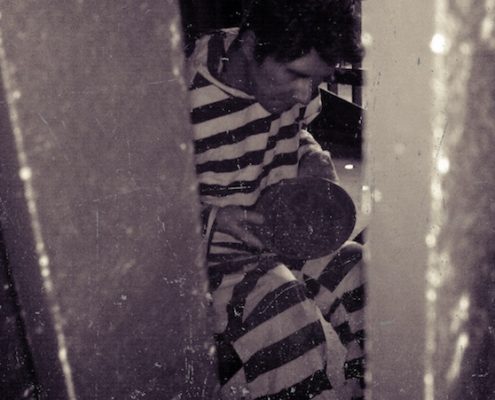 What do former prisoners face upon their release? (these may vary depending on location)
What do former prisoners face upon their release? (these may vary depending on location)
- 1. They must, on a regular basis, check in with a probation or parole officer.
- 2. They must have an established residence.
- 3. Drug and sex offenders must register with the local police, advising officials where they’ll be residing and working.
- 4. They must maintain employment (in some areas this is a discretionary requirement imposed by the court).
- They’re required to complete a monthly report detailing their earnings, address changes, if any, employers name (probation officer will visit the job site and home), drug offenders must submit to urine testing, all must submit vehicle information, record of purchases (many probationers may not possess credit or debit cards), and they’re encouraged to further their education.
The above sounds reasonable until you consider the vast majority of employers absolutely will not hire felons, and, in most instances, drug offenders are not eligible for student loans or other such perks we all enjoy. In fact, many felons are legally banned from working in certain professions, such as:
- airport security screener
- armored car crew member
- bank teller
- child care provider
- delivery driver
- health care positions with direct patient contact
- public safety officer
- residential installers
- apartment or condo maintenance
- jobs that require handling money
- barber
- Realtor
- First responder
- Teacher
- Psychologist
- Attorney
- Some felons are not eligible to obtain business licenses
- liquor store clerks
- restaurants that serve alcohol
- health care – nurses, dental assistants, etc.
- nursing homes
*Keep in mind that rules and laws may vary from one area to another.
Even when a felon finds a job he is subject to a list of restrictions, including (this is only a partial list, and it may vary from area to area):
- Agents /officers must be allowed to visit worksite and/or speak with a supervisor to discuss client’s performance, progress, and accountability
- Cannot work in a position that serves alcohol
- Cannot work with minors
- Cannot work with vulnerable adults
- Employment must be within or close to a supervision district so that agents may visit the worksite
- Not allowed to use or have contact with devices that host a computer modem (i.e. any device that can access the Internet)
- Cannot travel outside area or state (affects delivery drivers)
A few professions do hire convicted felons, but the list is short. And, this is still entirely up to the company. Some do not employ those who’ve been convicted of crimes.
Professions often available to convicted felons:
- Warehouse work
- Maintenance and janitorial positions
- Food service (no alcohol)
- Production and manufacturing
- Assembly
- Construction
- Landscaping

In addition, many convicted felons are banned from living in publicly assisted housing (section 8).
So, you see, without a job, or with the limited occupations to choose from, and without housing and educational opportunities, it’s darn tough for a former prisoner to make it on the outside.
To top it all off, the convicted felons never actually “pay their debts to society.” The stigma of being a “convicted felon” hangs over their heads for life. This is especially true for those who were convicted of federal offenses. Some states allow convicted felons to vote in elections (others do not). Still, felons, even one-time first offenders convicted of minor, non-violent felonies lose their right to own firearms and other weapons, their right to vote, student loans, housing, etc. And these restrictions are for life.
Wouldn’t it make sense to give the non-violent offenders a second chance, by removing the “convicted felon” status after, say, 10 years of living a productive, crime-free life. At least then they’d could return to school, live in better neighborhoods (away from criminal activity), find a decent job that would help support their families and take better care of their children, who, by the way, also suffer by being forced to live in poor conditions.
Having a second chance and goals to work toward could be part of the solution to the “prison problem” in this country. Now, I’m not talking about hardcore career criminals and repeat offenders. Nor am I including violent offenders. Most of those thugs need to remain behind bars for as long as we can keep them there. And I certainly don’t believe that every inmate would take advantage of the opportunity if presented to them. But there would be many who would work hard to achieve the goal and finally be able to put the mistake behind them for good.
If this helped keep just a small portion of the recidivists out of prison, the results could be huge. Families could remain together, children would grow up with two parents in the home, employers might find top-notch employees, the former inmates could become better educated and productive members of society, and taxpayers would save approximately $30,000 per year per inmate. Not to mention that instead of costing taxpayers, the non-recidivist would become a taxPAYER.
Anyway, that’s my two cents on the matter. What do you think? A second chance for some, or lock ’em up and forget about them? Remember, though, most of those who go in must come out at some point.
Of course, there is the issue of private prisons that maintain contracts with the government … contracts that promise a minimum number of inmates will be sent their way. We must also remember that the private prisons are a big, money-making industry with stockholders.
And then there’s the food industry that makes a bundle off the prisons. And the construction companies, the jobs for officers, stock brokers medical staff, administration, the vehicle contracts, the weapons contracts, dog food (canines), condiment sales

(I once sat next to a woman on a plane who was on her way to a huge nationwide prison food convention. She oversaw condiment sales to prisons and jails—packets of mustard, ketchup, and mayonnaise, along with napkins, and sporks—a multi-million-dollar industry).
Let’s not forget the prison phone systems, where a collect call can go for fees as high as nearly $300 for just one hour of conversation. Think about it for a second. A call for a kid’s birthday, a mother is sick, etc. $300 for an hour of family time is a tough expense for most families.
A portion of that whopping phone bill goes back to the prison in exchange for a contract with the provider. Again, it is the family who shoulders this burden since inmates don’t earn anywhere near enough money to cover the expense, yet, officials encourage strong and regular family contact.
Anyway, you get the idea.
By the way, Corrections Corporations of America stock was, at the time of this post, at $22.74 per share, down from $34.70 back in April 2017. Still, the “people business” is certainly booming.
It is my wish/hope that the newly formed committee would put their heads together and realize that second chances could indeed have worthwhile effects. It’s worth a try to offer an opportunity at once again becoming a productive citizen instead of someone who has little or no likelihood of making it. No job, no housing, no attainable goals, and no self-worth do not offer the needed building blocks of a solid future outside of prison.



 What do former prisoners face upon their release? (these may vary depending on location)
What do former prisoners face upon their release? (these may vary depending on location)

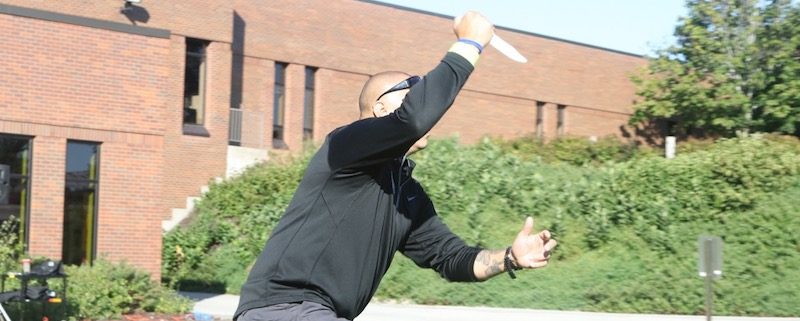
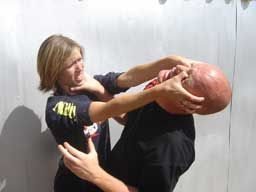



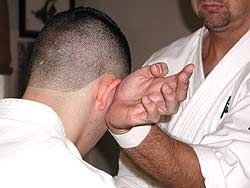
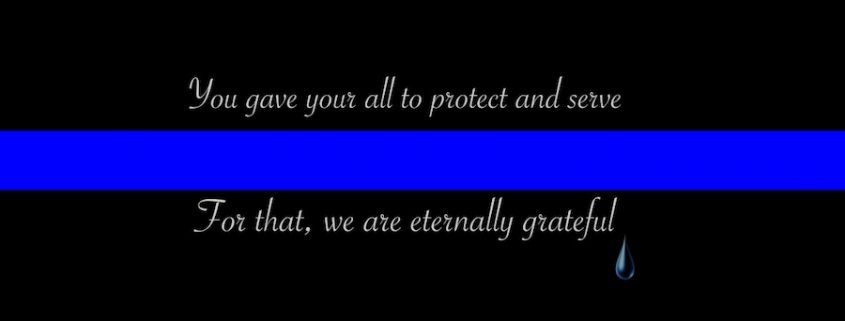
 Deputy Sheriff Daniel McCartney, 34
Deputy Sheriff Daniel McCartney, 34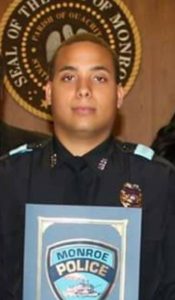 Officer Chris Beaudion, 26
Officer Chris Beaudion, 26 Lieutenant Christopher Robateau, 49
Lieutenant Christopher Robateau, 49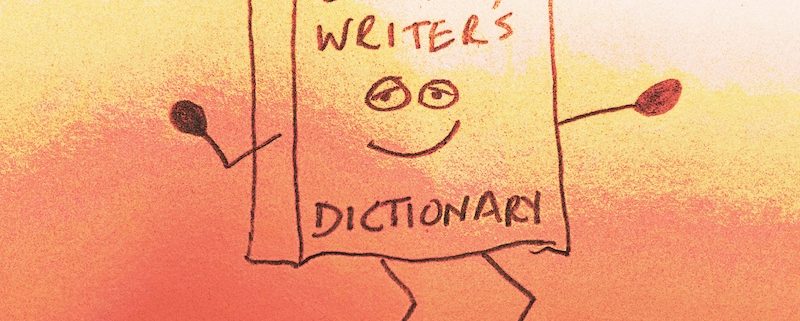
 Bloodstain – An area where blood contacts a surface.
Bloodstain – An area where blood contacts a surface.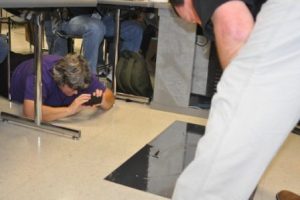 Some of you may remember seeing this in use at the Writers’ Police Academy. (Picture at right – author Donna Andrews – Writers’ Police Academy)
Some of you may remember seeing this in use at the Writers’ Police Academy. (Picture at right – author Donna Andrews – Writers’ Police Academy) Latent print – A print that is not visible under normal lighting.
Latent print – A print that is not visible under normal lighting.
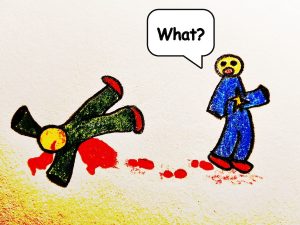
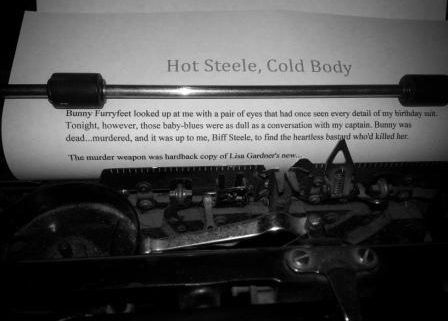
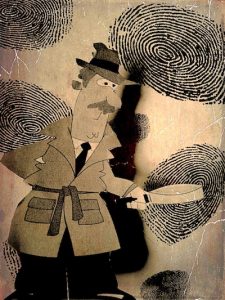 My writer understands the huge differences between the written word and the on-screen action seen on TV and film. Live-action stuff quite often needs over the top excitement to capture and hold the attention of a viewing audience. TV watchers see events unfold in vivid color. They hear the excitement pumping throughout their living rooms via high-dollar surround sound systems.
My writer understands the huge differences between the written word and the on-screen action seen on TV and film. Live-action stuff quite often needs over the top excitement to capture and hold the attention of a viewing audience. TV watchers see events unfold in vivid color. They hear the excitement pumping throughout their living rooms via high-dollar surround sound systems.
 Well, they just don’t make police hats that small, so Pat borrowed one from a fellow classmate, looking like a kid playing dress-up in adult clothing.
Well, they just don’t make police hats that small, so Pat borrowed one from a fellow classmate, looking like a kid playing dress-up in adult clothing. According to bystanders, who, by the way, called 911 to report an officer needing assistance, the child was absolutely beating the tar out of Pat. One witness told responding officers that Pat resembled one of those blow-up clown punching bags that pops back upright after each blow.
According to bystanders, who, by the way, called 911 to report an officer needing assistance, the child was absolutely beating the tar out of Pat. One witness told responding officers that Pat resembled one of those blow-up clown punching bags that pops back upright after each blow.


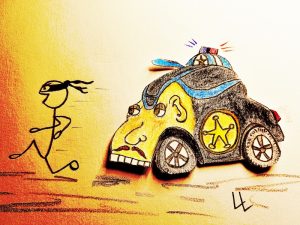
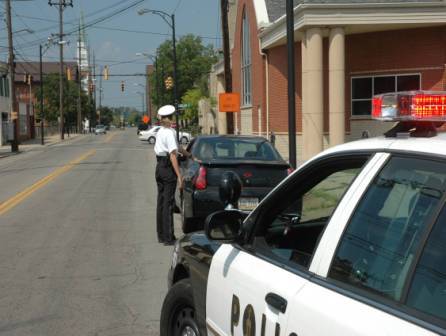

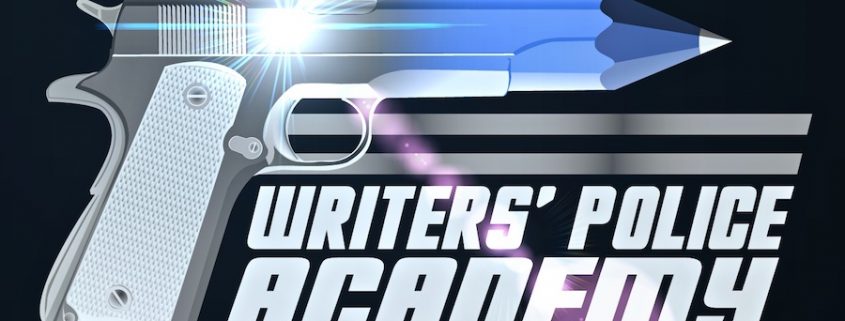
 His The Bodies Left Behind was named Novel of the Year by the International Thriller Writers association, and his Lincoln Rhyme thriller The Broken Window and a stand-alone, Edge, were also nominated for that prize, as was a short story published recently. He has been awarded the Steel Dagger and the Short Story Dagger from the British Crime Writers’ Association and the Nero Award, and he is a three-time recipient of the Ellery Queen Readers Award for Best Short Story of the Year and a winner of the British Thumping Good Read Award. Solitude Creek and The Cold Moon were both given the number one ranking by Kono Misurteri Ga Sugoi in Japan. The Cold Moon was also named the Book of the Year by the Mystery Writers Association of Japan. In addition, the Japanese Adventure Fiction Association awarded The Cold Moon and Carte Blanche their annual Grand Prix award. His book The Kill Room was awarded the Political Thriller of the Year by Killer Nashville. And his collection of short stories, Trouble in Mind, was nominated for best anthology by that organization, as well.
His The Bodies Left Behind was named Novel of the Year by the International Thriller Writers association, and his Lincoln Rhyme thriller The Broken Window and a stand-alone, Edge, were also nominated for that prize, as was a short story published recently. He has been awarded the Steel Dagger and the Short Story Dagger from the British Crime Writers’ Association and the Nero Award, and he is a three-time recipient of the Ellery Queen Readers Award for Best Short Story of the Year and a winner of the British Thumping Good Read Award. Solitude Creek and The Cold Moon were both given the number one ranking by Kono Misurteri Ga Sugoi in Japan. The Cold Moon was also named the Book of the Year by the Mystery Writers Association of Japan. In addition, the Japanese Adventure Fiction Association awarded The Cold Moon and Carte Blanche their annual Grand Prix award. His book The Kill Room was awarded the Political Thriller of the Year by Killer Nashville. And his collection of short stories, Trouble in Mind, was nominated for best anthology by that organization, as well. It’s an honor to welcome renowned forensic artist Carrie Stuart Parks as our 2018 Special Guest Speaker/Expert.
It’s an honor to welcome renowned forensic artist Carrie Stuart Parks as our 2018 Special Guest Speaker/Expert.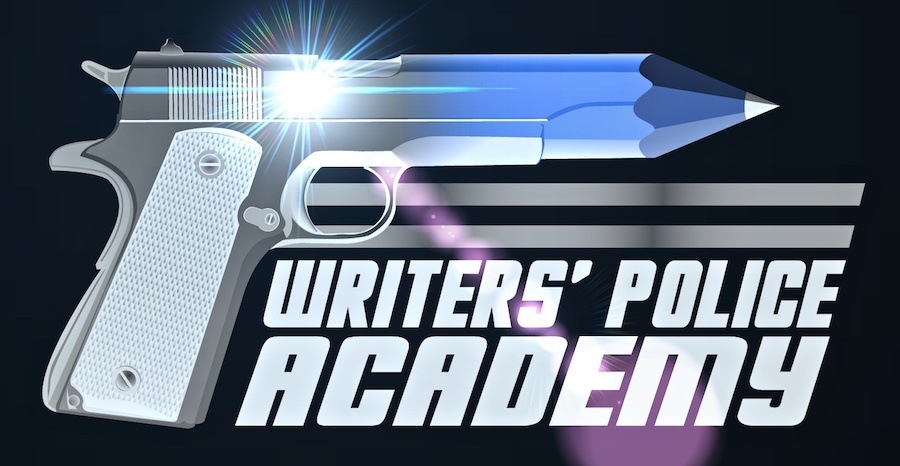
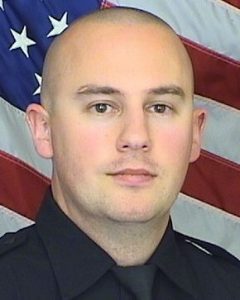 Deputy Sheriff Zackari Parrish, 29
Deputy Sheriff Zackari Parrish, 29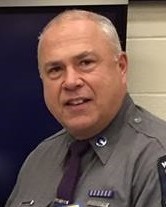 Trooper Michael J. Anson, 56
Trooper Michael J. Anson, 56